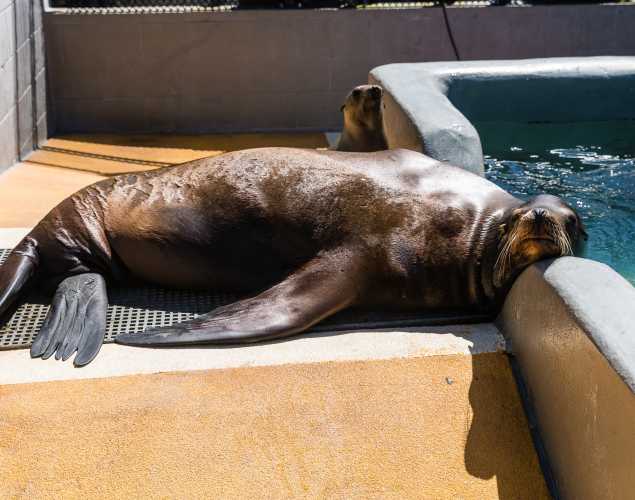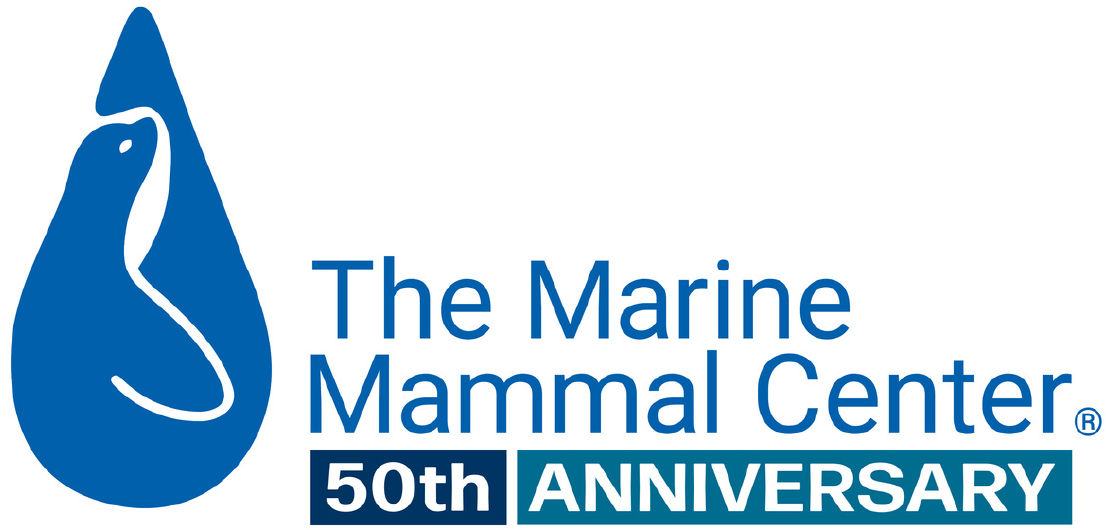
Prevalence of Cancer in Stranded California Sea Lions (2005-2015)
- Cancer
Abstract
Urogenital carcinoma is common in wild California sea lions (Zalophus californianus) along the west coast of the US. From 1979 to 1994, this cancer was observed in 18% (66/370) of necropsied subadult and adult sea lions at The Marine Mammal Center in Sausalito, California. A retrospective review of records from 1 January 2005 to 31 December 2015 was performed to characterize prevalence and characteristics of cancer over this decade. Fourteen percent (263/1917) of necropsied sea lions had cancer, of which 90% (237/263) were urogenital carcinoma. The prevalence of urogenital carcinoma was significantly higher in adults compared to juveniles and subadults. Advanced-stage disease with metastases was identified histologically in 78% (182/232) of cases and was the cause of death in 95% (172/182) of these cases. Metastases were most common in lung and lymph nodes, and hydronephrosis, secondary to ureter obstruction by metastases, was identified in 62% (114/185) of animals with advanced disease. No significant temporal change in prevalence was detected over the decade, and this highly aggressive, fatal cancer remains common in stranded California sea lions.
Deming, A.C., Colegrove, K.M., Duignan, P.J., Hall, A.J., Wellehan, F.X., Gulland, F.M.D. 2018. Prevalence of urogenital carcinoma in stranded California sea lions (Zalophus californianus) from 2005-2015. Journal of Wildlife Disease (Short Communications). 54(3).
Related Publications
{"image":"\/Animals\/Wild\/Other species\/river-otter-shutterstock.jpg","alt":"river otter","title":"Cancer in Wild River Otters","link_url":"https:\/\/www.marinemammalcenter.org\/publications\/cancer-in-wild-river-otters","label":"Research Paper"}

{"image":"\/Animals\/Wild\/California sea lion\/cropped-images\/sea-lion-mom-pup-shutterstock-338-0-3131-2446-1603926801.jpg","alt":"California sea lion mom and pup","title":"Effects of In Vitro Exposure to PCBs on California Sea Lions","link_url":"https:\/\/www.marinemammalcenter.org\/publications\/effects-of-in-vitro-exposure-to-pcbs-on-california-sea-lions","label":"Research Paper"}

{"image":"\/Animals\/Wild\/California sea lion\/cropped-images\/csl-monterey-photo-c-bill-hunnewell-1984-1534-1582-1236-1603927643.jpg","alt":"Group of sea lions on a rock","title":"No Evidence that Cancer in Sea Lions Is Spread Through Clonal Transmission","link_url":"https:\/\/www.marinemammalcenter.org\/publications\/no-evidence-that-cancer-in-sea-lions-is-spread-through-clonal-transmission","label":"Research Paper"}

{"image":"\/Animals\/Patients\/California sea lions\/2020\/cropped-images\/csl-boycrus-by-bill-hunnewell-c-the-marine-mammal-center-0-0-3110-2429-1603927870.jpg","alt":"California sea lion","title":"California Sea Lions as a Model for Studying a Common Cancer","link_url":"https:\/\/www.marinemammalcenter.org\/publications\/california-sea-lions-as-a-model-for-studying-a-common-cancer","label":"Research Paper"}

Related News
{"image":"\/Places\/Coastal landscapes\/cropped-images\/shutterstock_palos verdes ddt-0-1-1270-992-1728333594.jpg","alt":"view of Palos Verdes coastline","title":"Newsweek: Toxic Contamination in Our Oceans Can Reach Our Kitchen Tables | Opinion","link_url":"https:\/\/www.marinemammalcenter.org\/news\/newsweek-opinion-toxic-contamination-in-our-oceans-can-reach-our-kitchen-tables","label":"In the News","date":"2024-10-07 02:00:00"}

Newsweek: Toxic Contamination in Our Oceans Can Reach Our Kitchen Tables | Opinion
October 7, 2024
Read More{"image":"\/Places\/Coastal landscapes\/cropped-images\/underwater-barrel-shutterstock-328-0-4424-3456-1651790853.jpg","alt":"rusty barrel underwater and covered with algae","title":"The Hill: 'Under the Sea, Out of Mind' Has Turned Into a Ticking Time Bomb","link_url":"https:\/\/www.marinemammalcenter.org\/news\/the-hill-under-the-sea-out-of-mind-has-turned-into-a-ticking-time-bomb","label":"In the News","date":"2022-05-03 02:00:00"}

The Hill: 'Under the Sea, Out of Mind' Has Turned Into a Ticking Time Bomb
May 3, 2022
Read More{"image":"\/Animals\/Patients\/California sea lions\/cropped-images\/csl-by-bill-hunnewell-c-the-marine-mammal-center-2-0-1031-1794-1401-1603916128.jpg","alt":"California sea lion","title":"Spectrum News 1: California Sea Lions Dying from Cancer at Alarming Rates, Researchers Demand Action","link_url":"https:\/\/www.marinemammalcenter.org\/news\/spectrum-news-california-sea-lions-dying-from-cancer-at-alarming-rates-researchers-demand-action","label":"In the News","date":"2022-01-24 01:00:00"}

Spectrum News 1: California Sea Lions Dying from Cancer at Alarming Rates, Researchers Demand Action
January 24, 2022
Read More{"image":"\/Animals\/Patients\/California sea lions\/cropped-images\/csl-by-bill-hunnewell-c-the-marine-mammal-center-0-0-3110-2430-1639515407.jpg","alt":"California sea lion","title":"AP News: Banned Decades Ago, PCBs Still Posing Threat to Wildlife","link_url":"https:\/\/www.marinemammalcenter.org\/news\/ap-news-banned-decades-ago-pcbs-still-posing-threat-to-wildlife","label":"In the News","date":"2021-12-13 01:00:00"}

AP News: Banned Decades Ago, PCBs Still Posing Threat to Wildlife
December 13, 2021
Read More
